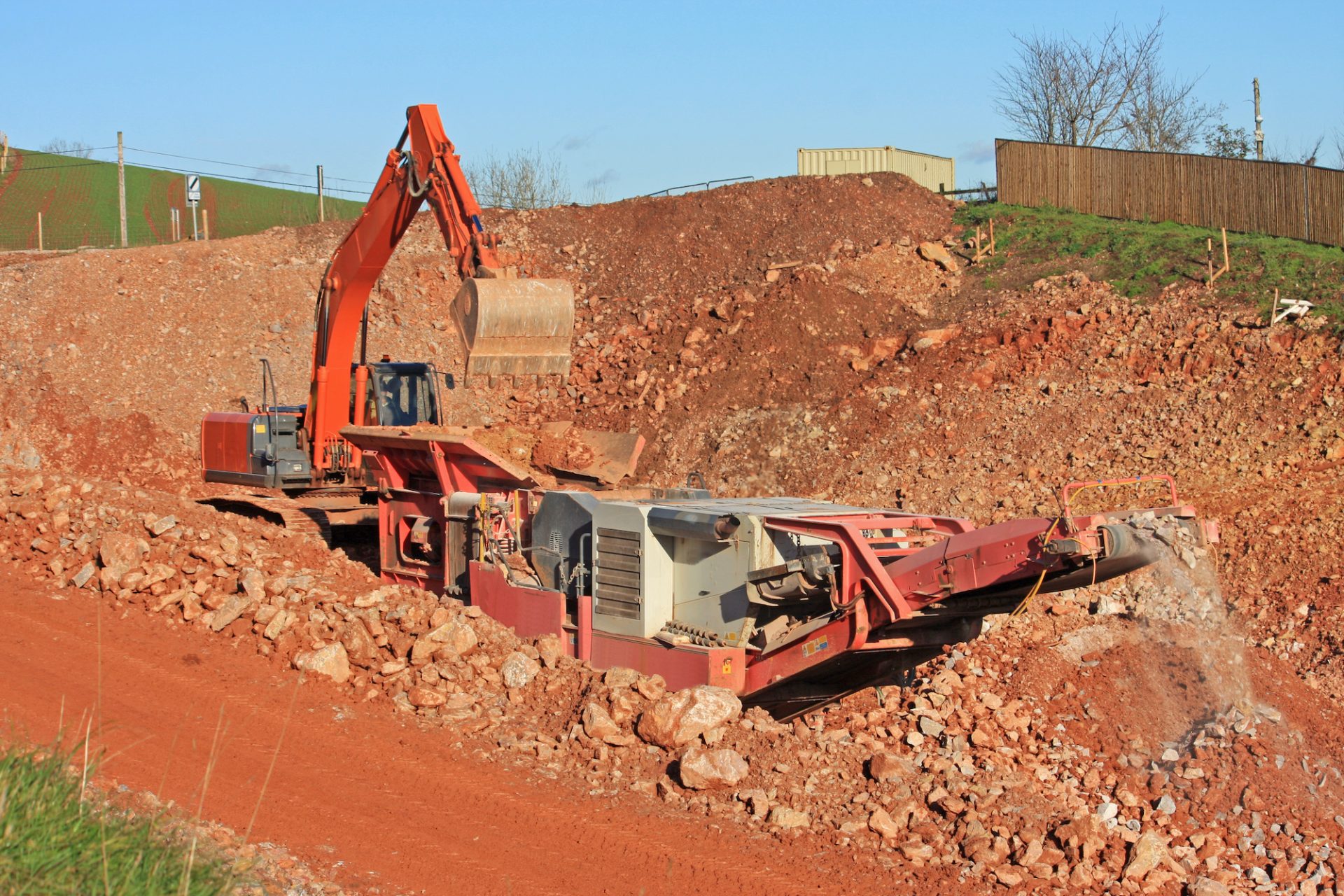Have you noticed an increase in the versatility of crushers for landwork projects? While they were traditionally confined to industrial and construction settings, crushers have found their way into the hands of creative individuals seeking novel solutions to land-related challenges. These individuals range from passionate DIY enthusiasts to dedicated conservationists. But how do they use these crushers? Read on!
1. Rock Reclamation and Conversion
Most people now employ crushers to revolutionize, converting rocky and inhospitable terrains into fertile, cultivable land. By breaking down large rocks and boulders into smaller and manageable pieces, these crushers transform rugged landscapes into arable fields suitable for agriculture, horticulture, and other land uses.
This process expands the available land area and reduces the need for labor-intensive manual rock removal methods. The crushed rock fragments can be mixed with soil to create a more hospitable environment for plant growth, thereby unlocking the agricultural potential of unusable areas.
2. On-Site Gravel Production
Today, private individuals can source locally available materials, such as rocks and stones, and transform them into customized gravel of varying sizes using crushers. This allows for precise control over the composition and texture of the gravel, making it ideal for pathways, driveways, garden borders, and decorative features.
With the best crushers on the market, you can reduce the reliance on commercially sourced materials and provide a cost-effective and sustainable solution for landscaping needs.
3. Construction Material Recycling
Innovative landwork projects often involve repurposing construction and demolition debris using crushers. Private individuals can recycle materials like concrete, bricks, and asphalt that would otherwise end up in landfills.
Crushers break down these materials into smaller pieces, known as recycled aggregates, which can be used as a base material for new construction projects. This approach reduces the demand for virgin resources and contributes to sustainable building practices by diverting waste from landfills and decreasing the environmental impact of construction activities.
4. Soil Enhancement through Debris Processing
Crushers also play a vital role in enhancing soil quality by incorporating processed debris. When you down organic materials such as leaves, branches, and plant waste, you get a nutrient-rich compost. The crushers accelerate the composting process, resulting in a valuable soil amendment that improves soil structure, water retention, and nutrient content. This reduces waste and supports sustainable gardening, farming, and landscaping practices, ultimately fostering healthier and more productive land.
5. Land and Vegetation Clearing
Crushers have become indispensable for private individuals engaged in land clearing and vegetation management projects. These individuals can now clear overgrown or densely vegetated areas with greater precision and efficiency.
By mulching or chipping trees, shrubs, and brush, crushers convert vegetation into manageable mulch or wood chips that can serve as ground cover and erosion control. It enables landowners to balance the need for clearing with ecological conservation, as the processed vegetation materials can be repurposed to benefit the land in various ways.
6. Artistic Landscaping
Private individuals are embracing crushers as tools for artistic expression in landscaping and feature construction projects. When you break down various materials, including rocks, stones, and even recycled items, you can create unique sculptures, mosaics, and other decorative elements. Crushers enable precise shaping and sizing of materials, allowing for intricate designs that reflect your creative vision.
Conclusion
The integration of crushers has ushered in a new era of innovation and sustainability. From breaking down rocks to the artistic creation of landscape features, crushers have proven their adaptability across a spectrum of applications. Through resourceful techniques, they have turned rocky landscapes into fertile fields and converted debris into essential resources. As this trend continues to evolve, it promises to enhance landscapes and ultimately promote sustainability.


































